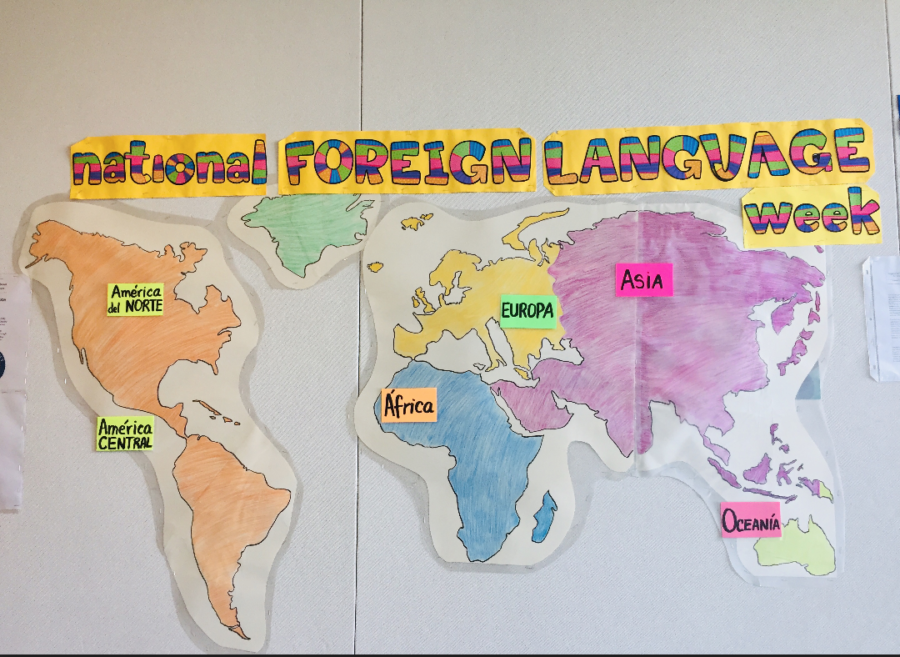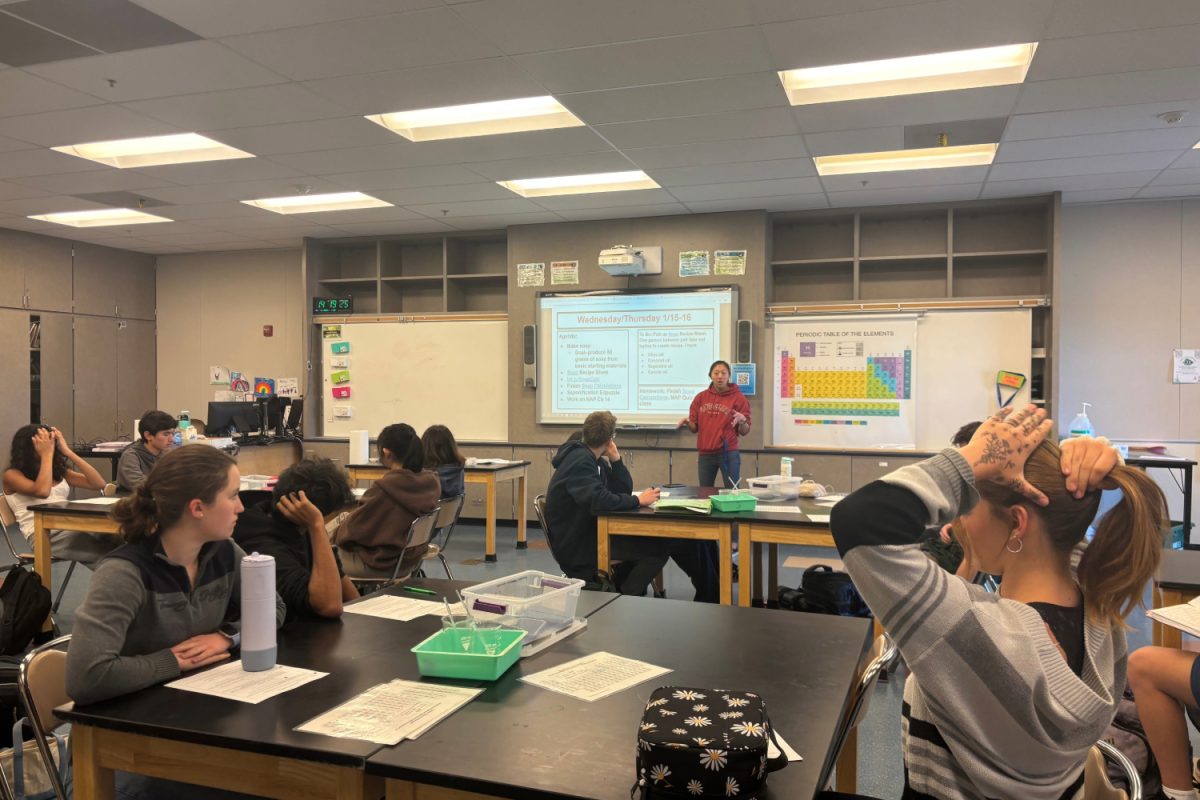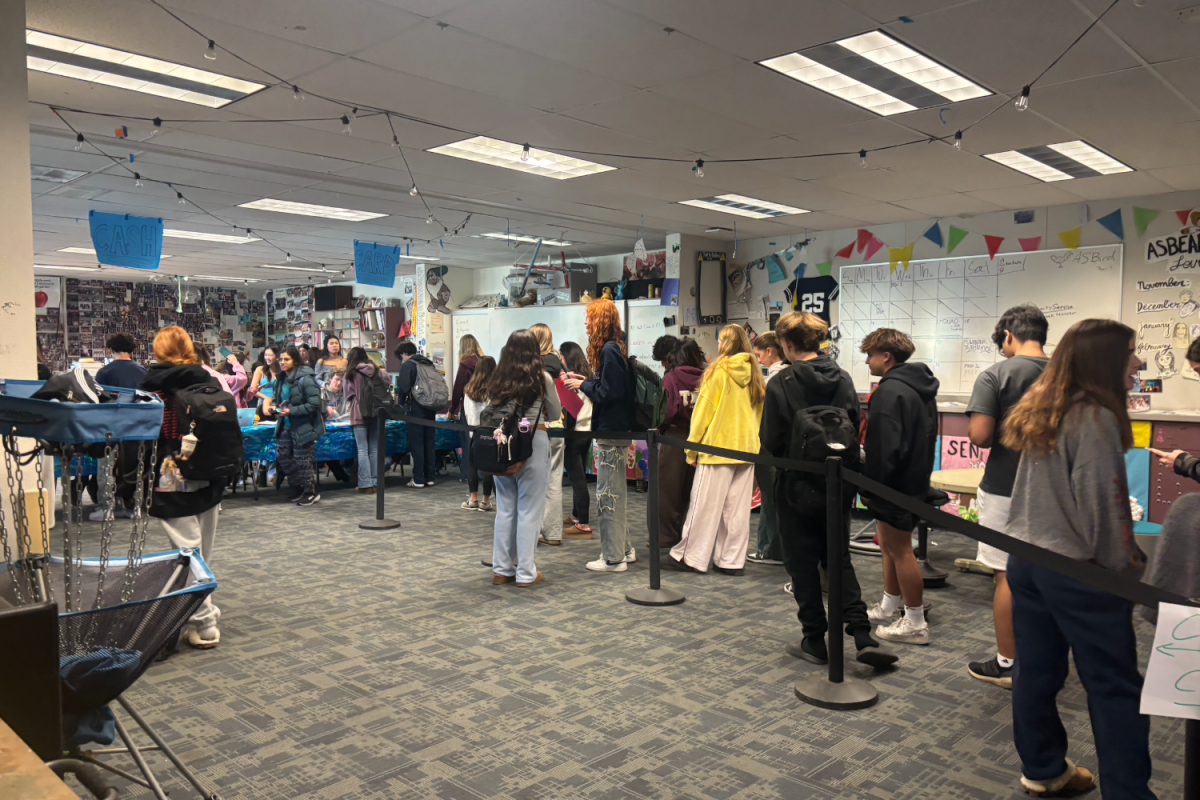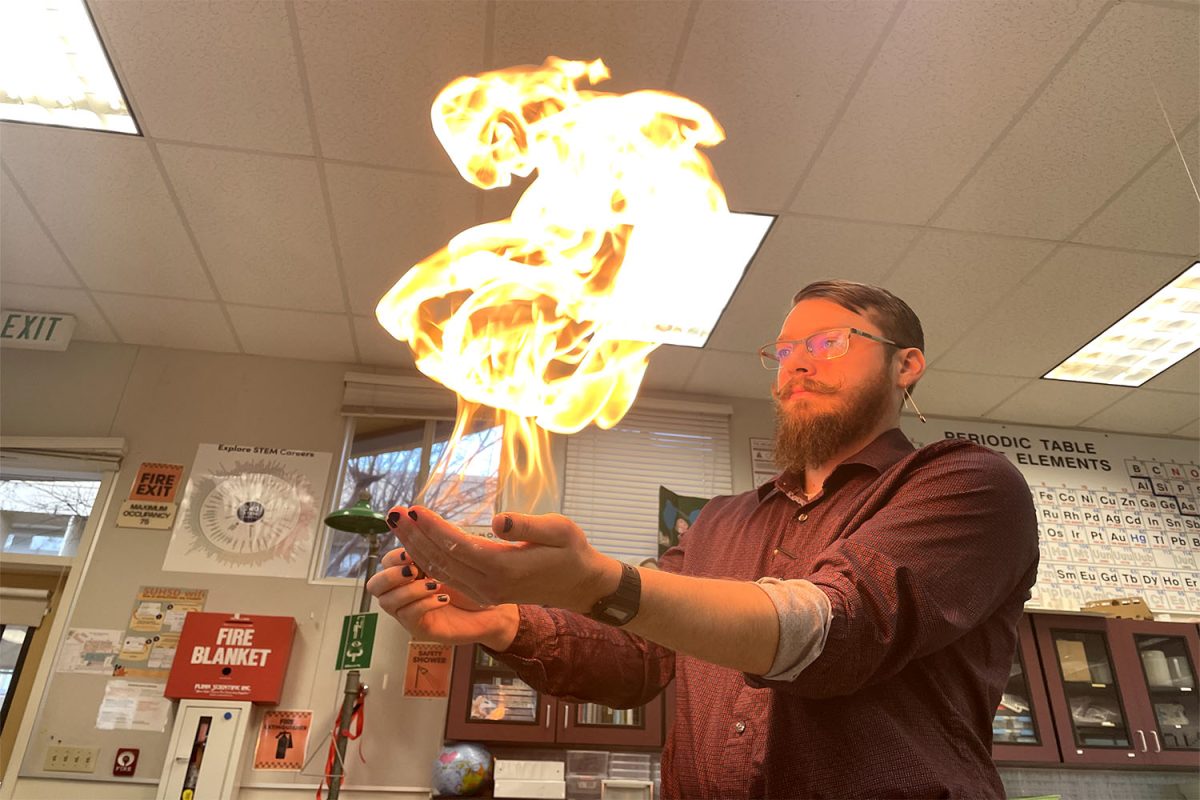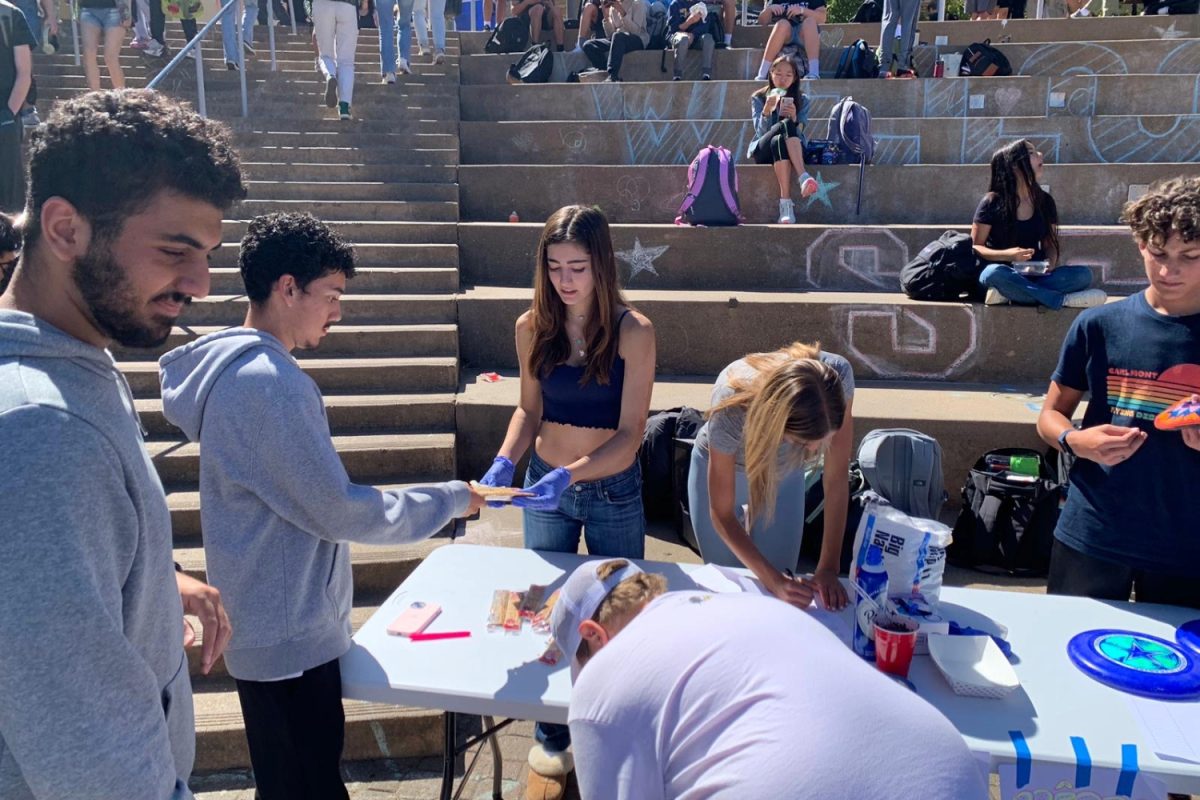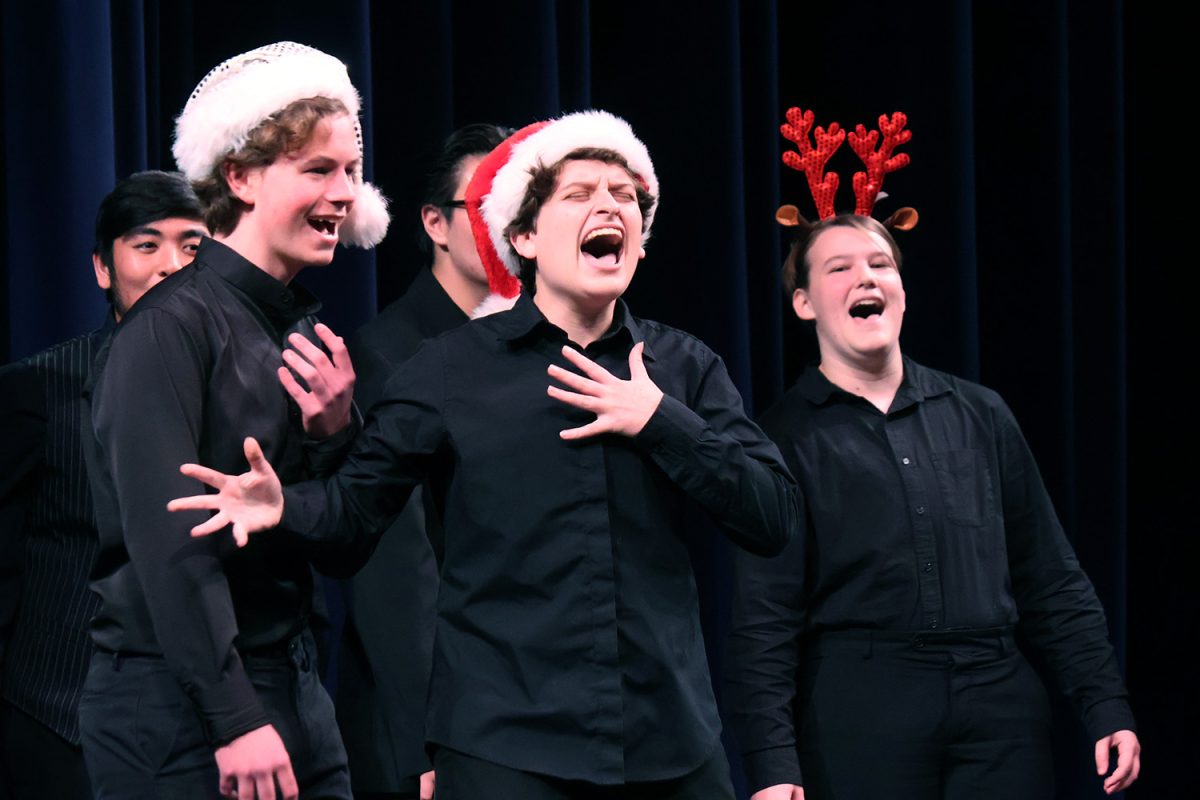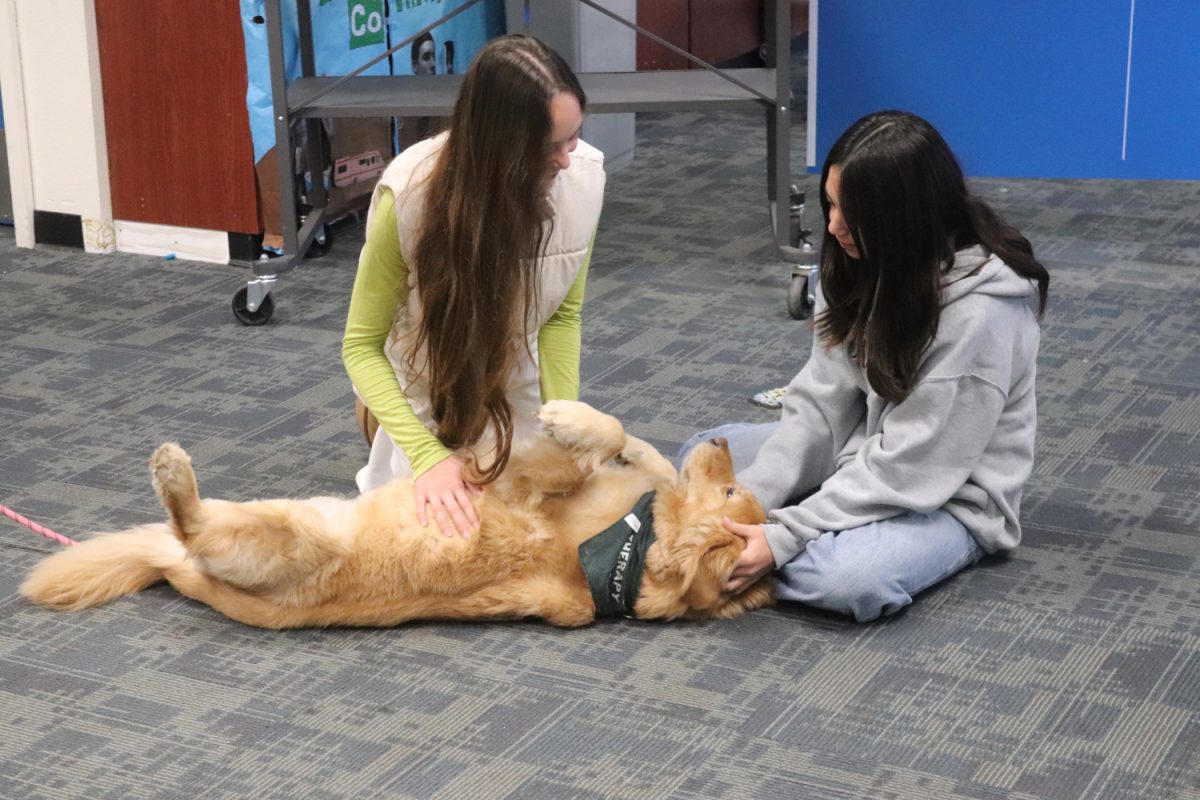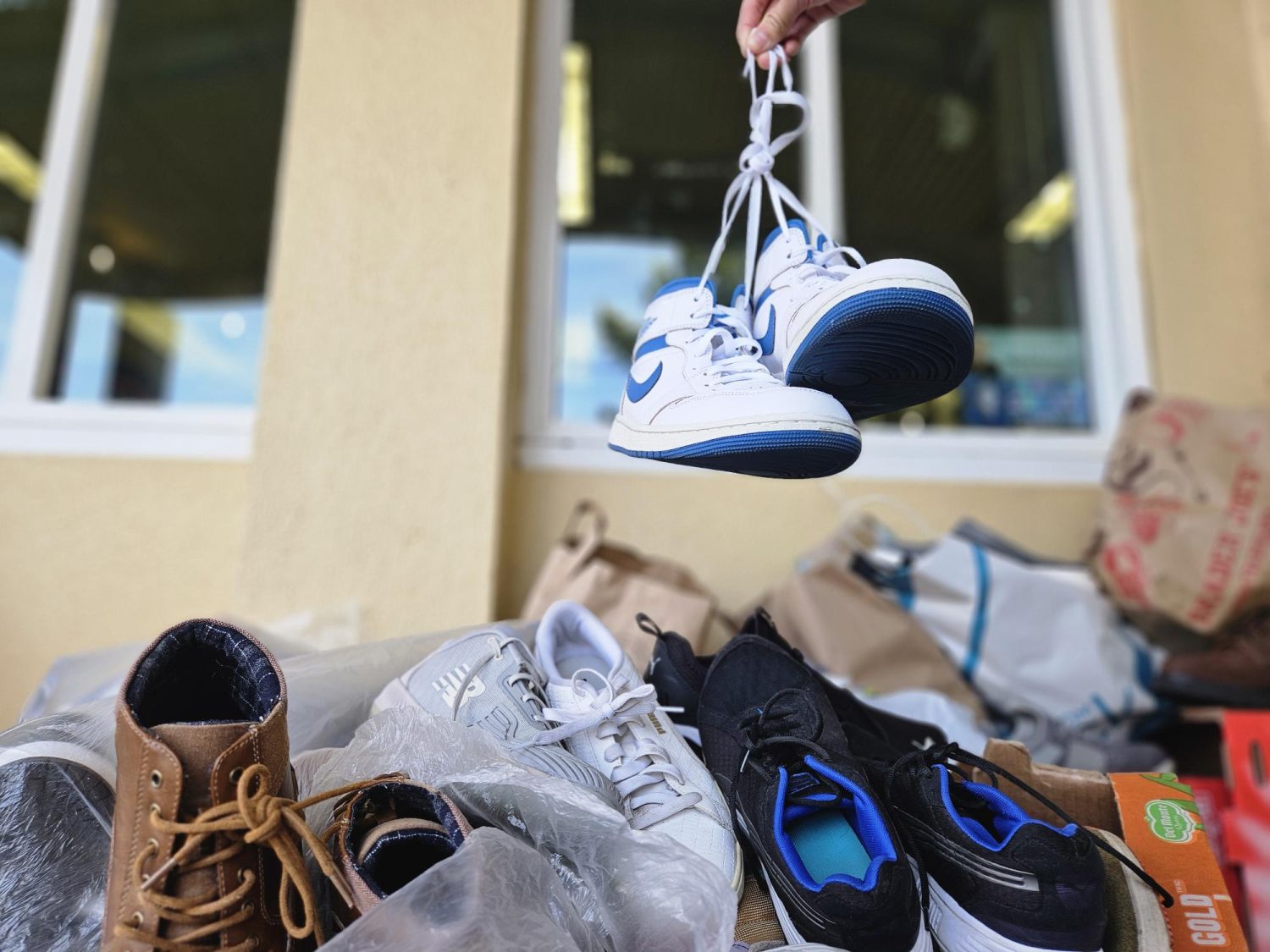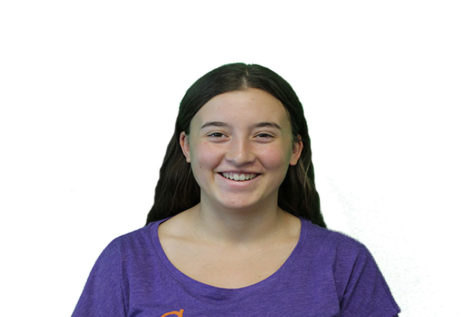Students all across the country take language classes throughout high school to connect to other cultures and earn credits to graduate. However, what most students do not realize is that there are more ways to learn languages than to take them during school hours.
Carlmont High School, like many other schools, offers a variety of language classes. These classes teach students a world language and expose them to other cultures.
Students can earn language credits through taking a high school course or through community colleges like the College of San Mateo and Cañada College. They offer languages that Carlmont does not offer to students, like American Sign Language (ASL).
Carlmont student Hailey Hamady earned her language credits to graduate by taking ASL during summer at the College of San Mateo.
“It gave me something to do. Yes, I couldn’t travel, and I had a lot less free time, but I am able to say that I’ve done something and get something accomplished,” Hamady said.
The structure of classes at community colleges is different from classes at a high school. The material covered is more complicated, as it is a college-level class.
“Everyone was aiming to get an A, which was the difficult part,” Hamady said.
As a result of the course taking place over the summer, the material provided for the class was very condensed compared to a year-long class. ASL is about a two-month course, while a high school language course would be about 10 months or the whole school year.
Carlmont French teacher Anne Campagnet-Reed said, “Over the course of a year we learn quite a bit. Some [students] have had a little bit of exposure, but some of them know nothing, so they start kind of not knowing any French to basically knowing how to say a lot of things and hopefully understanding a lot.”
College teachers have a lot more flexibility with the timing of classes, while teachers at a high school are on a strict bell schedule.
“[Class time] was very random. It was from 12:30 p.m. or 12:45 p.m. until whenever he felt like it so that could have been 3 p.m., 3:30 p.m., or like 2 p.m. It’s up to him,” Hamady said.
The relationship with teachers also affects the learning experience, especially when taking a language. It is essential to feel connected with a teacher to be able to ask questions and get help.
“I think I have a positive relationship with all of my teachers. I really enjoy them this year,” said Svante Arezun, a French student at Carlmont.
One difficulty regarding teaching from the ASL class that Hamady took was that the teacher was deaf.
“You cannot even talk because he won’t be able to hear you. But people would talk anyway, and he’d be like, ‘please shut up’ because he can sense the sound waves,” Hamady said.
Even though some teachers prefer that students learn a language in a classroom at school, other teachers like summer language classes for students to get extra exposure to different languages.
“I think, and this has been proven, the younger youth learn a language, the more you’ll learn and the better you’ll learn it. So not only do I think it’s better to learn and start in high school, I think it’s better to start learning when you’re in kindergarten if you can, or even before,” Campagnet-Reed said.
Given the opportunity to improve upon their language skills, some students would be willing to take time out of their summer break to continue their language education.
“I really enjoy it at Carlmont, and I would like to further develop my skills,” Arezun said.

